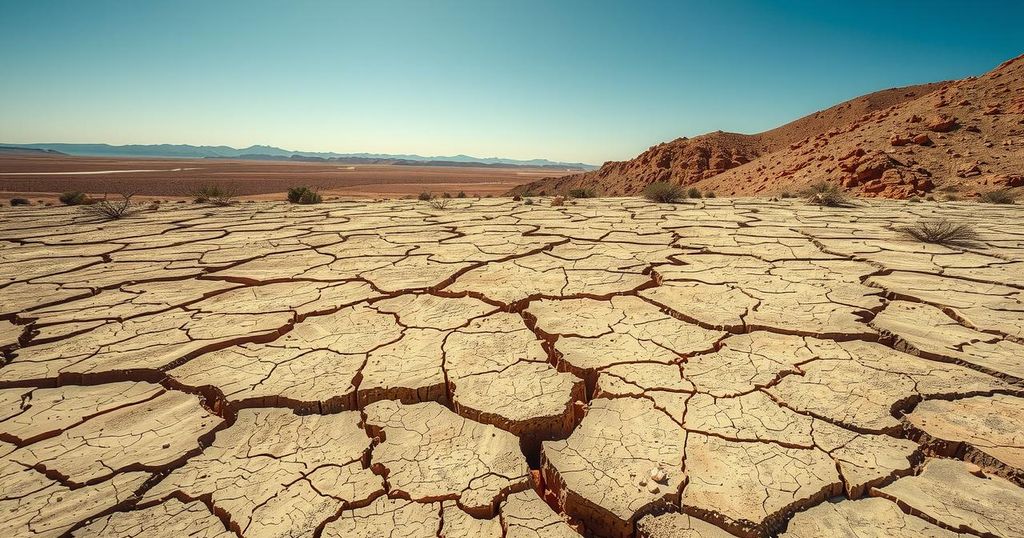Global Weather Hazards Summary for July 2025
- ENSO-neutral conditions are present globally, indicating stability.
- Central Africa is experiencing abnormal dryness that threatens agriculture.
- Flooding is currently impacting regions such as southwest Nigeria.
- Sierra Leone and other West African countries face significant dryness.
- Parts of Ethiopia and Sudan are under dry conditions since June.
Current Global Weather Patterns Reveal Disturbances
ENSO-neutral conditions are currently being observed globally, suggesting a period of relative tranquil weather patterns. However, notable disturbances persist across various regions, raising concerns among meteorologists. Particularly, abnormal dryness is being reported in parts of central Africa, spanning eastern Central Asia, western Yemen, and northern Hispaniola, which could have serious implications for local agriculture and water supply.
Diverse Weather Hazards Impacting Different Regions
In Africa, dry weather has notably affected both the western and eastern segments of the Gulf of Guinea. Areas such as eastern Nigeria, northern Cameroon, and southern Chad are experiencing persistent dryness, which raises alarms for agricultural production. Meanwhile, the Sudd wetlands in northern South Sudan continue to grapple with inundation as flooding episodes are rampant in southwest Nigeria, indicating that while some regions struggle with drought, others are grappling with severe flooding and its consequences, such as those witnessed in Kinshasa, DRC. Additionally, the Omo Gibe River has surged, negatively impacting districts bordering Lake Turkana in southwestern Ethiopia, while predictions hint at coming high flooding risks for Western Guinea-Conakry and northwestern Ethiopia in the upcoming week.
Contrasting Weather Conditions Across Africa
Dryness extends beyond just the mentioned regions; West Africa is not an exception, with Sierra Leone, Liberia, eastern Guinea-Conakry and parts of southern Mali facing similarly challenging weather patterns. On the contrary, South Sudan, southern Sudan, northeastern DRC, and northwestern Uganda are also reported to be undergoing dry spells in eastern Africa, exacerbating the food security concerns for these states. As we shift our focus to northwestern and east-central Ethiopia, below-average rainfall since early June has outlined a concerning reality for this area. Furthermore, many regions from western Sahara to northern Mauritania, northern Mali, and western Algeria will likely face scorching heat in the coming days. In contrast, southwestern South Africa could be at risk of flooding due to forecasts for moderate rainfall, which marks a drastic contrast from the hot and dry conditions many neighboring regions are experiencing.
In summary, the current weather update reveals a mixed bag of conditions across Africa and beyond. While ENSO-neutral conditions might seem stable, the challenges posed by persistent dryness in various regions contrast sharply with flooding in others, particularly in areas like Nigeria and South Sudan. The expectation of continued hot weather in multiple regions, alongside the risk of flooding predicted for southwestern South Africa, points to a complex weather landscape that necessitates continuous monitoring and preparedness by local authorities.




Post Comment